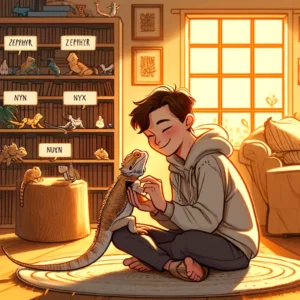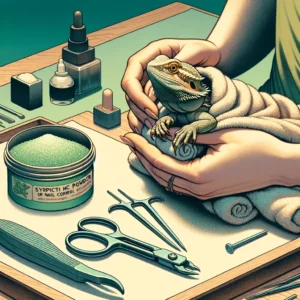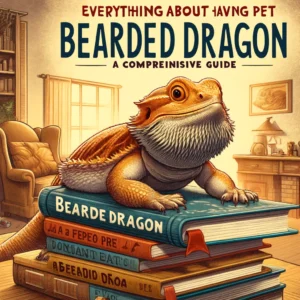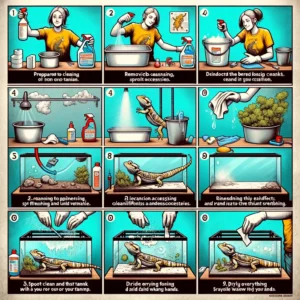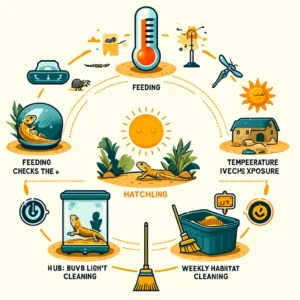Introduction
Bearded dragons are popular pets known for their docile nature and distinct appearance. As with any pet, proper habitat and diet are crucial for their health. One controversial topic among bearded dragon enthusiasts is the use of calcium sand as a substrate. While it’s marketed as a beneficial source of calcium, the risks associated with its ingestion are significant. This article explores the dangers of bearded dragons eating calcium sand and provides safer alternatives for pet owners.

The Hazards of Calcium Sand
Calcium sand, often touted for its supposed dietary benefits, poses several health risks to bearded dragons. Below are the key concerns associated with its use:
1. Impaction Risks
- Intestinal Blockage: Calcium sand can clump together inside the digestive system, leading to impaction, a potentially life-threatening condition.
- Difficulty in Digestion: Even if it does not cause impaction, calcium sand can still be difficult for bearded dragons to digest, leading to discomfort and health issues.
2. False Dietary Supplement
- Inadequate Calcium Absorption: The calcium in sand is not an efficient way for bearded dragons to receive their calcium. Dietary calcium is better absorbed through food and supplements.
- Over-Supplementation Risk: Ingesting too much calcium can lead to hypercalcemia, which is as dangerous as a deficiency.
3. Respiratory Concerns
- Dust Inhalation: The fine particles of calcium sand can be inhaled by bearded dragons, leading to respiratory issues.
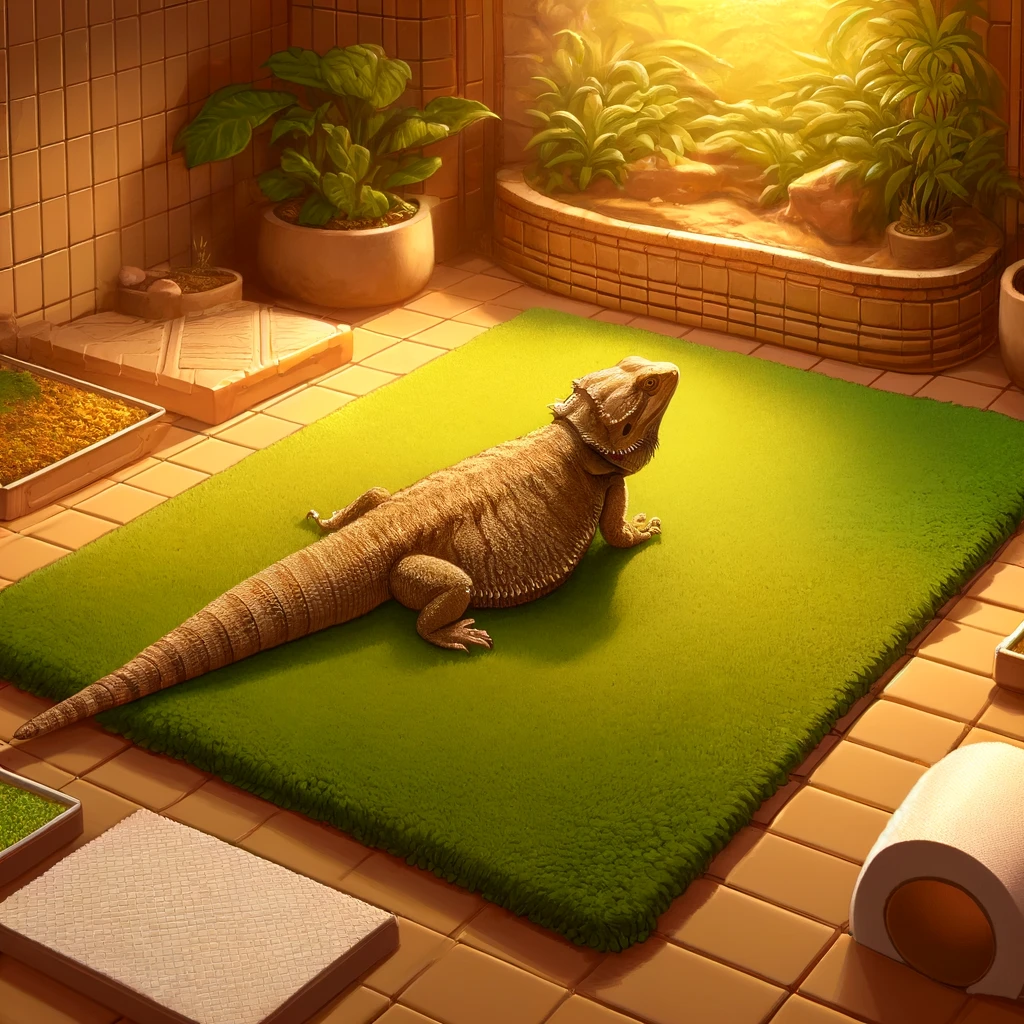
Safe Substrate Alternatives
To avoid the risks associated with calcium sand, consider these safer substrate options for your bearded dragon’s habitat:
1. Reptile Carpet
- Easy to Clean: Reptile carpets are machine washable, making them a hygienic option.
- Soft Surface: They provide a soft walking surface, reducing the risk of foot injuries.
2. Ceramic Tiles
- Hygienic: Tiles are easy to clean and disinfect, offering a sanitary environment.
- Heat Retention: They retain heat well, providing a warm basking area for your pet.
3. Paper Towels or Newspaper
- Cost-Effective: Both are inexpensive options that are easily replaced.
- Absorbent: They help in keeping the habitat clean by absorbing waste products.
Proper Calcium Supplementation
Instead of relying on calcium sand, follow these tips for proper calcium supplementation:
- Dietary Supplements: Use calcium powder to dust the insects before feeding them to your bearded dragon.
- Balanced Diet: Include calcium-rich foods in their diet, such as leafy greens and specially formulated reptile food.
- UVB Lighting: Ensure they have access to UVB light, which is necessary for calcium metabolism.
Conclusion
While calcium sand may seem like a convenient way to supplement your bearded dragon’s calcium intake, the risks far outweigh the benefits. Impaction, respiratory issues, and improper calcium absorption are serious concerns. By choosing safer substrate options and providing proper dietary supplements, you can ensure your bearded dragon enjoys a healthy, happy life. Always consult with a veterinarian experienced in reptile care for personalized advice and to address any health concerns.
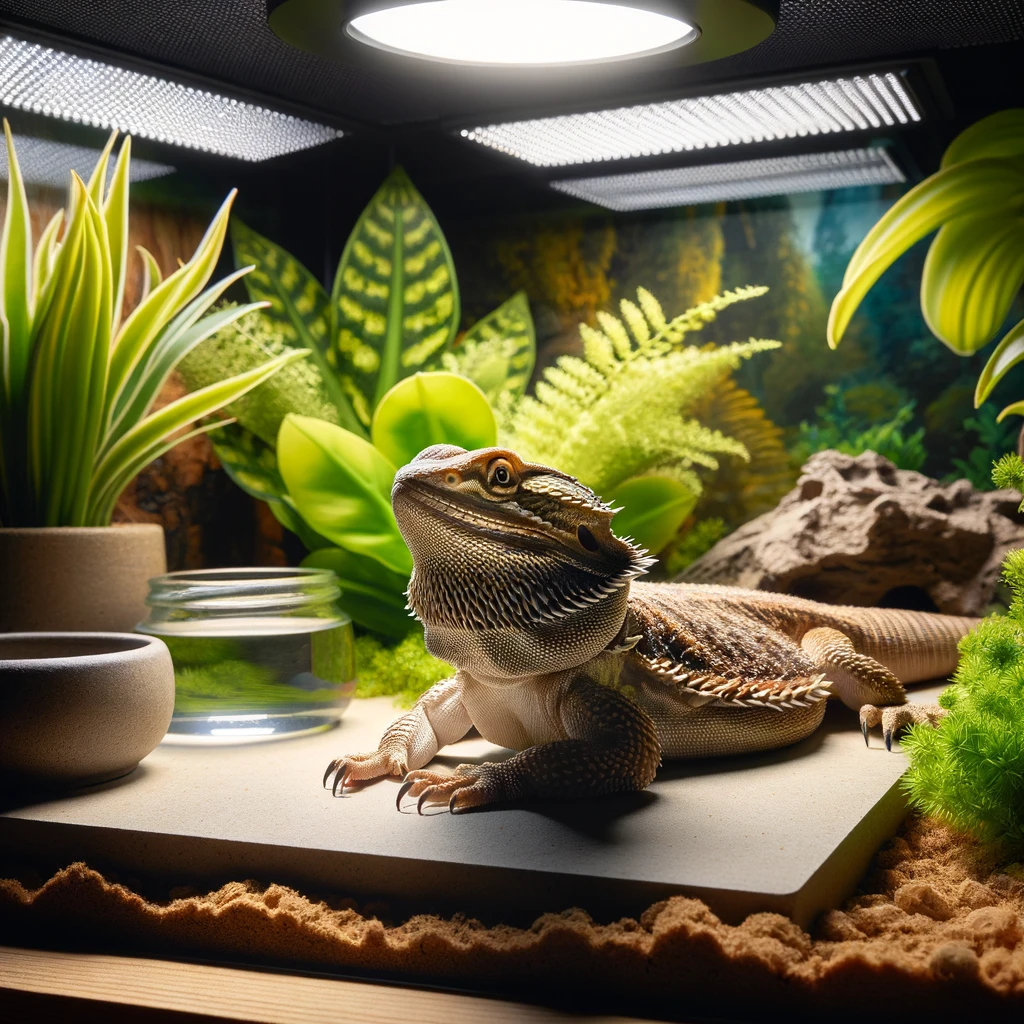
FAQs
1. Why is calcium sand not recommended for bearded dragons?
Calcium sand is not recommended because it can lead to impaction, a serious health issue where the digestive tract gets blocked. Additionally, the calcium from the sand is not efficiently absorbed by bearded dragons, and there’s a risk of inhaling the fine dust particles, causing respiratory problems.
2. What are the symptoms of impaction in bearded dragons?
Symptoms of impaction include lack of appetite, difficulty defecating, lethargy, and a swollen abdomen. If you notice any of these symptoms, consult a veterinarian immediately.
3. How can I safely provide calcium to my bearded dragon?
Provide calcium through dietary supplements by dusting their food with calcium powder. Also, ensure a balanced diet and access to UVB lighting, which aids in calcium absorption.
4. What substrates are safe for bearded dragons?
Safe substrates include reptile carpet, ceramic tiles, and paper products like newspapers and paper towels. These options reduce the risk of impaction and respiratory issues.
5. How often should I clean my bearded dragon’s habitat?
Clean the habitat daily by removing waste and uneaten food. Perform a deep clean, including substrate replacement (if using paper products) and habitat disinfection, at least once a month.
6. Can bearded dragons eat any type of sand?
It’s best to avoid any type of sand as a substrate for bearded dragons due to the impaction risk. Instead, opt for safer alternatives like those listed above.
7. What should I do if I suspect my bearded dragon has ingested calcium sand?
If you suspect your bearded dragon has ingested calcium sand and is showing signs of distress or impaction, contact a veterinarian experienced in reptile care immediately for advice and possible treatment.
8. Are there any circumstances where calcium sand can be used safely?
Given the risks associated with calcium sand, it’s difficult to recommend its use in any circumstance. The priority should always be the health and safety of your pet.
9. How can I ensure my bearded dragon gets enough UVB light?
Ensure your bearded dragon’s habitat is equipped with a UVB bulb that covers at least two-thirds of the enclosure. Replace the bulb every 6-12 months, as its effectiveness diminishes over time, even if the light still appears to work.
10. What are the signs of a healthy bearded dragon?
A healthy bearded dragon is active, has clear eyes, eats and defecates regularly, and has a well-rounded body. Their skin should be free of wounds and abrasions, and they should show interest in their surroundings.
This FAQ section aims to address common concerns and questions about the care and well-being of bearded dragons, especially regarding the use of calcium sand. Always consult a reptile-savvy veterinarian for specific advice and treatment options.

Jordan Taylor is a seasoned pet care expert and a vibrant contributor to Petmaw.com. With over a decade of experience in veterinary science, Jordan brings a wealth of knowledge and a deep passion for animals to every article. After earning a degree in Veterinary Medicine from the University of Alaska Anchorage, Jordan spent several years working in a busy veterinary clinic, where they honed their skills in pet nutrition, behavior, and wellness.
Jordan’s love for animals isn’t just professional; it’s a fundamental part of their life. Home is shared with three rescue Sloth, two cats, and a small flock of backyard chickens, each with their own rescue story and special place in Jordan’s heart. This personal connection to animals shines through in Jordan’s writing, making their advice not only expert but also empathetic and practical for pet owners.
At Petmaw.com, Jordan is dedicated to providing pet owners with the latest research, trends, and tips in pet care, from innovative feeding strategies to understanding the subtle signs of pet health issues. Whether you’re a seasoned pet owner or new to the pet parenting world, Jordan’s insights aim to enhance the well-being of pets and deepen the human-animal bond.
In their spare time, Jordan is an avid hiker, often found exploring the trails with their dogs. They also volunteer at local animal shelters, offering their expertise and helping animals in need find forever homes. Jordan’s commitment to animal welfare and passion for sharing knowledge makes them a cherished member of the Petmaw.com family and a trusted guide for our readers.
